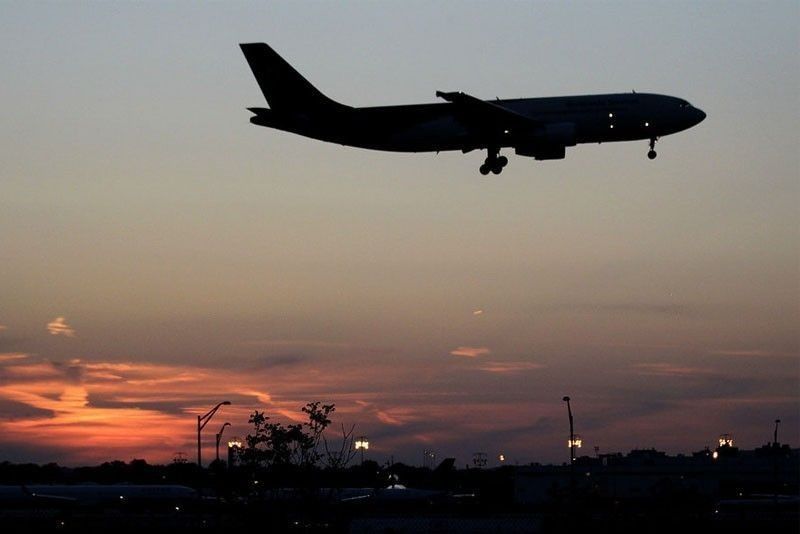Air fares seen declining next year

MANILA, Philippines — Passengers could see lower air fares starting next year as the applicable fuel surcharge level allowed to be imposed by airlines dropped a notch because of declining jet fuel prices.
The Civil Aeronautics Board (CAB) said in its latest advisory that passenger fuel surcharge for domestic and international flights from Jan. 1 to Feb. 28, 2019 would return to Level 3 from Level 4 during the November to December period.
Under the Level 3 of the fuel surcharge matrix, airlines are allowed to impose a hike of P74 to P291 for domestic passengers and P381 to P3,632 for international passengers.
Meanwhile, the prevailing Level 4 means additional cost of between P108 and P411 per passenger for domestic flights and from P543 to P5,189 for international flights.
The one-notch decline in the surcharge matrix is a result of the drop in the cost of jet fuel during the two-month evaluation period.
“For October to November 2018, the price of jet fuel averaged to $88.20 per barrel with the US dollar exchange rate of 53.41 for the same period. This is equivalent to P29.63 per liter, which corresponds to Level 3 of the passenger fuel surcharge matrix,” the CAB said.
“Airlines wishing to impose or collect fuel surcharge for the same period must file its application with this office on or before the beginning of the effectivity period, with fuel surcharge rates not exceeding the stated level,” the CAB added.
Almost all foreign airlines with outbound flights from the Philippines have applied and are implementing since November the Level 4 fuel surcharge rates as allowed under the government-approved matrix, CAB officials earlier said.
Meanwhile, flag-carrier Philippine Airlines and Cebu Pacific have not applied for the Level 4 rates, and have remained in Level 3. AirAsia Philippines, for its part, has opted not to impose any fuel surcharge at all.
Airlines are allowed to collect fuel surcharge rates that are lower than the stated level if they choose to do so depending on their strategy.
“Our market is very price sensitive. We try to keep the fuel surcharge away because we may lose a lot (of passengers if we implement it). Instead, we try to look for other means to lower our operational costs,” AirAsia Philippines chief executive officer Dexter Comendador said.
Last September, the CAB decided to allow the reimposition of fuel surcharge on the back of soaring fuel prices.
The agency has adopted a matrix for fuel surcharge that will be determined based on the two-month average of jet fuel MOPS (Mean of Platts Singapore) prices in its peso per liter equivalent and will be fixed for two months. If the two-month price average of jet fuel per liter falls below P21, then no fuel surcharge will be collected.
PAL and Cebu Pacific officials said the government’s move to allow airlines to impose fuel surcharge in domestic and international flights would help in their expected recovery in the fourth quarter as it would lessen the impact of soaring fuel costs in their operations.
“It helps us to recover. It helps the airlines recover some of the fuel costs, but as you know, what was finally approved was not full recovery of the cost, it’s just a partial (recovery), an alleviation that helps us a bit, unlike before we have no direct recovery. So anything helps,” PAL vice president Jose Perez De Tagle said.
“It has helped but at the same time we have to make sure we can compete. If our competitor for example does not charge fuel surcharge, sometimes we have to make adjustments to the fares just to stimulate passenger demand. It’s just to make sure that we are competitive. We cannot keep raising prices and people don’t buy. We can’t afford for the aircraft to be empty,” Cebu Pacific vice president for commercial planning Alexander Lao said separately.
- Latest
- Trending


























